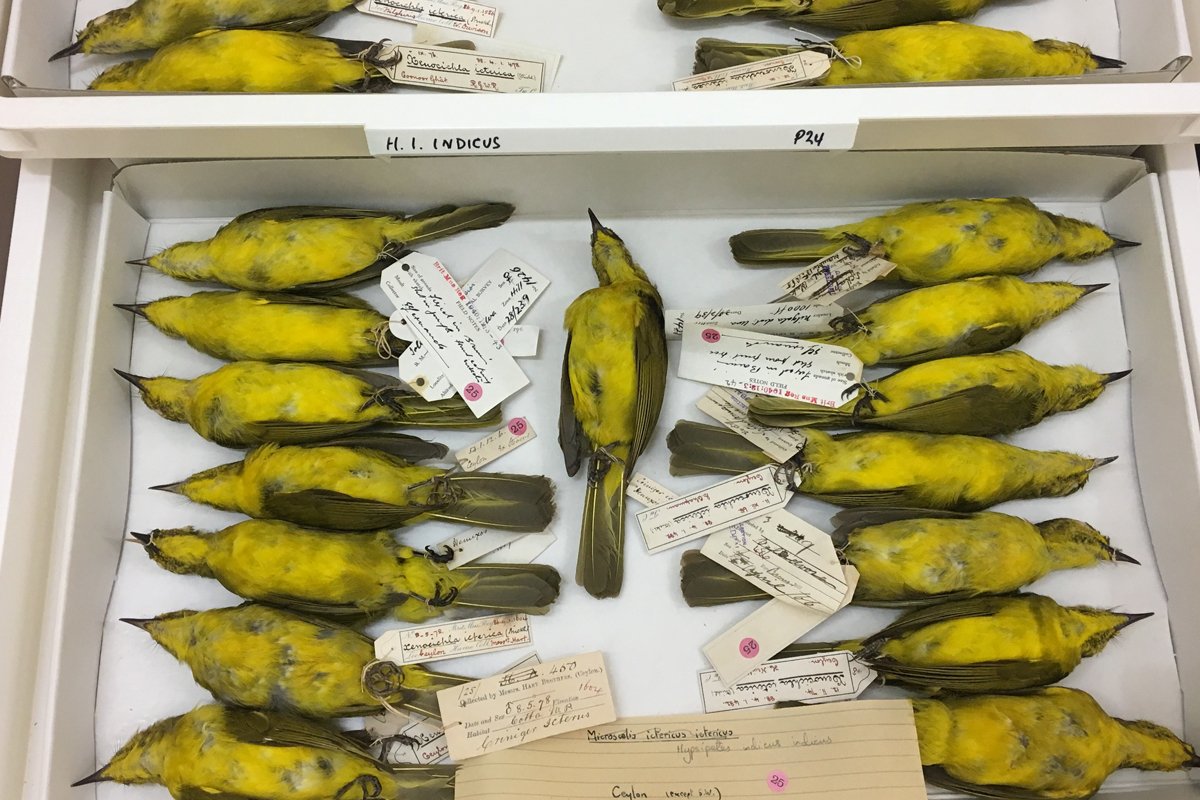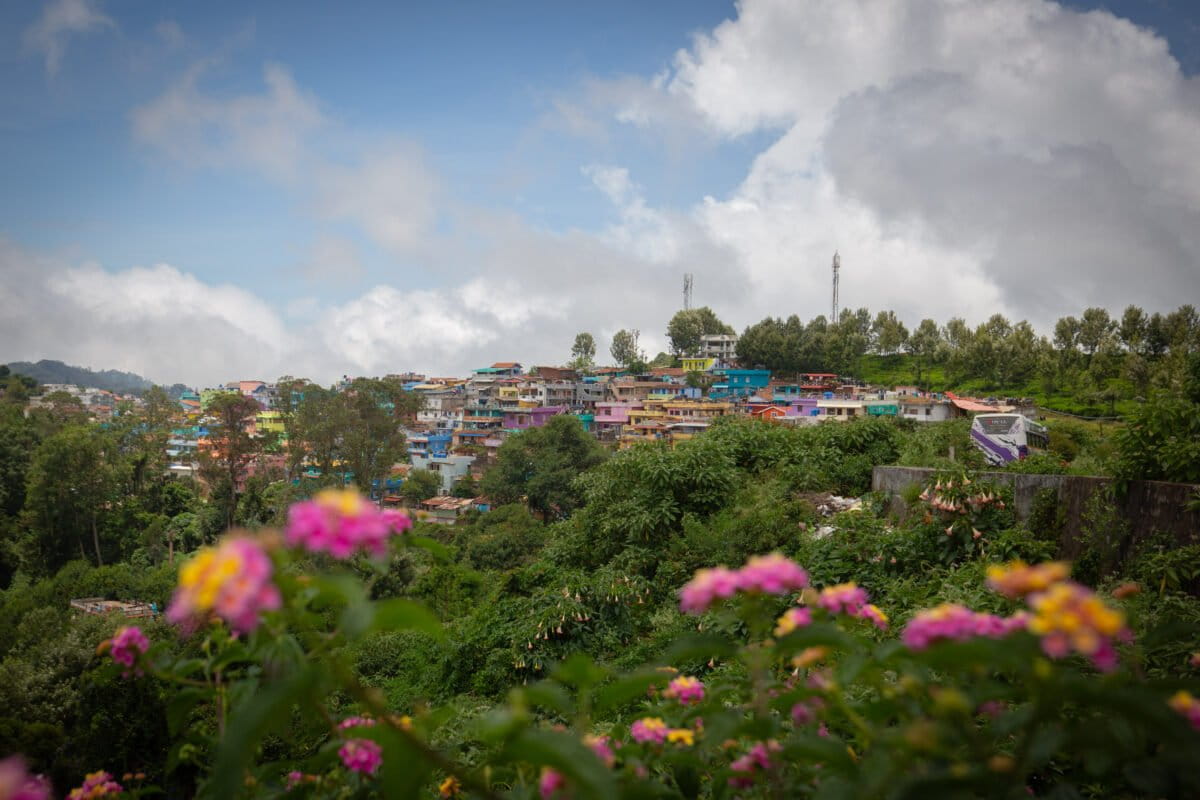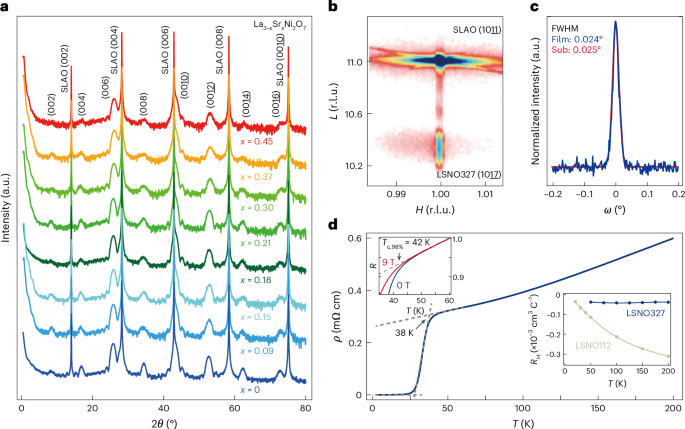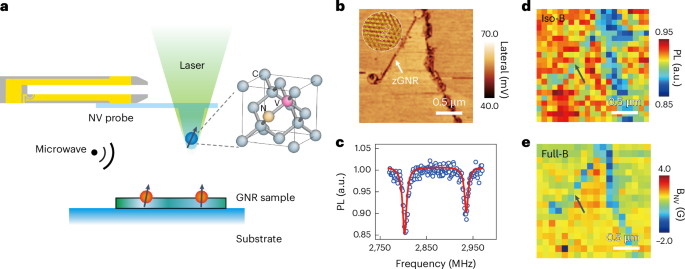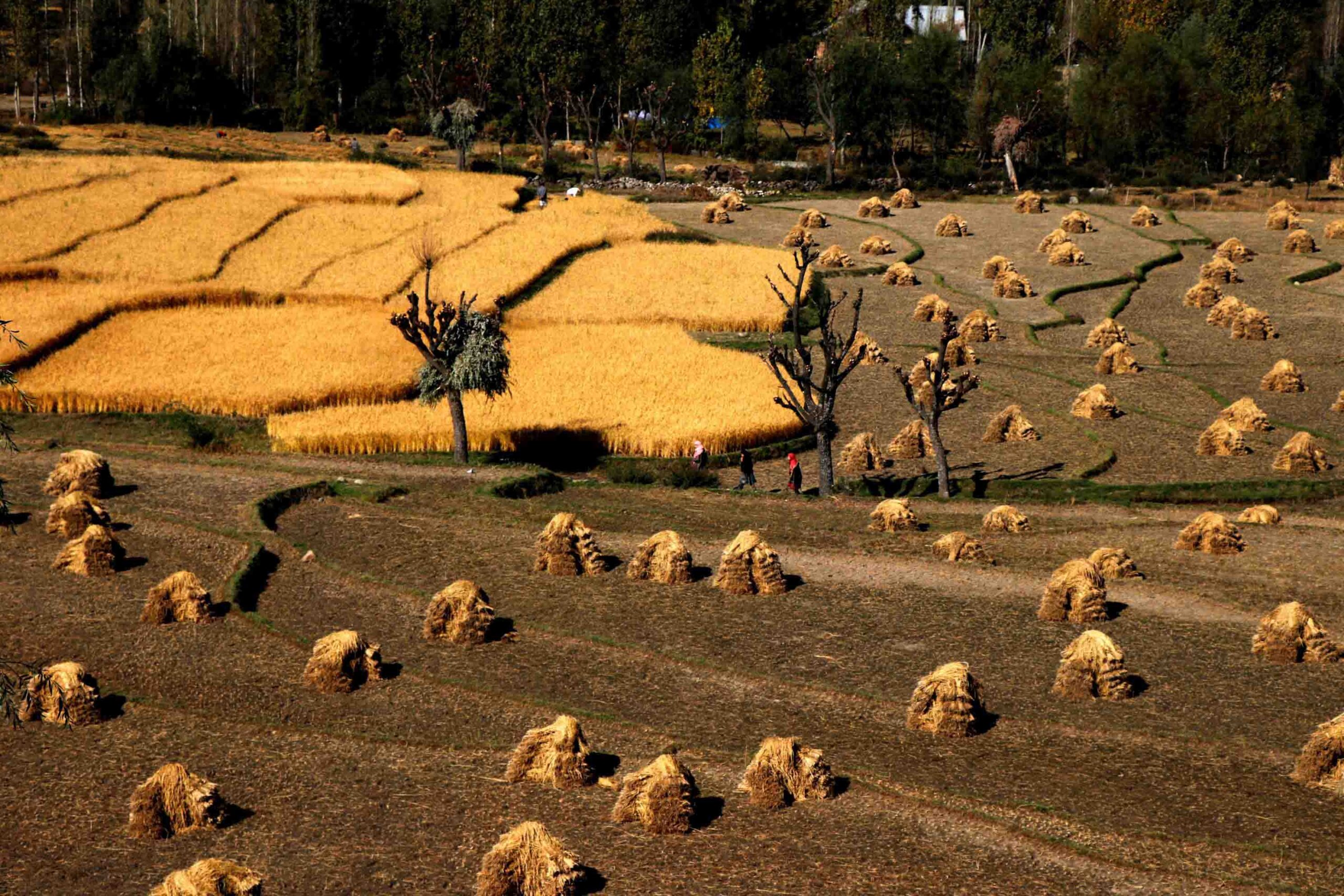
- India’s forests face slow degradation, but the REDD+ rules are designed for rapid deforestation in regions.
- Current standards ignore India’s governance, tenure realities and exclude community-led conservation.
- Unlocking India’s REDD+ potential would channel climate finance into one of the most diverse forest estates, benefiting millions of forest-dependent people and meeting climate goals.
- The views in this commentary are those of the authors.
India’s forests, spanning over 80 million hectares, are one of the richest repositories of biodiversity and ecological services in the world. From the rain-drenched Western Ghats to the deciduous tracts of central India and the alpine ecosystems of the Himalayas, these forests are more than green expanses — they are carbon sinks, climate buffers, and life-support systems for over 300 million people, especially tribal and forest-dependent communities.
As India reaffirms its global climate commitments, aiming to restore 26 million hectares of degraded land by 2030 under the Bonn Challenge, and enhance carbon sinks by 2.5-3 billion tonnes of CO₂-equivalent under its Nationally Determined Contributions (NDCs), the spotlight is firmly on REDD+ (Reducing emissions from deforestation and forest degradation, plus conservation and sustainable management of forests). It is a framework developed under the United Nations Framework Convention on Climate Change (UNFCCC).
REDD+ promises a financial mechanism to reward countries for avoiding forest loss and enhancing forest carbon. Yet, despite strong domestic momentum and political will, India’s REDD+ potential remains largely untapped in global carbon markets. The reasons are systemic: the international carbon credit methodologies that govern REDD+ were designed with tropical deforestation hotspots such as the Amazon and Congo Basin in mind, not India’s fragmented, degradation-prone, publicly owned forests. As a result, even scientifically sound and community-supported REDD+ proposals from India often fail to qualify under prevailing standards.
Global REDD+ vs. India’s uniqueness
In much of Latin America or parts of sub-Saharan Africa, forest loss is drastic and detectable; satellites capture clear-cutting and land-use conversion on privately held tracts. REDD+ methodologies built for these regions often hinge on visible, annual deforestation trends.
India presents a starkly different reality. Here, the crisis is not rapid forest clearance, but gradual and chronic degradation. Forests slowly lose biomass and biodiversity due to fuelwood extraction, grazing pressure, invasive species (like Lantana camara), small-scale encroachment, and frequent low-intensity fires. These losses are spatially dispersed, temporally stretched, and often invisible to conventional satellite detection.
Moreover, India’s forests are complex mosaics, comprising intertwining patches of moderate to dense canopy interspersed with open forest, scrubland, and plantations. The drivers of degradation vary by state and even within districts. For example, in Bundelkhand, drought-induced migration and grazing are prevalent, whereas in Odisha, mining, invasive species, and shifting cultivation may be more significant.
This ecological and anthropogenic nuance is seldom captured in global REDD+ templates, which often expect abrupt forest-to-non-forest transitions.
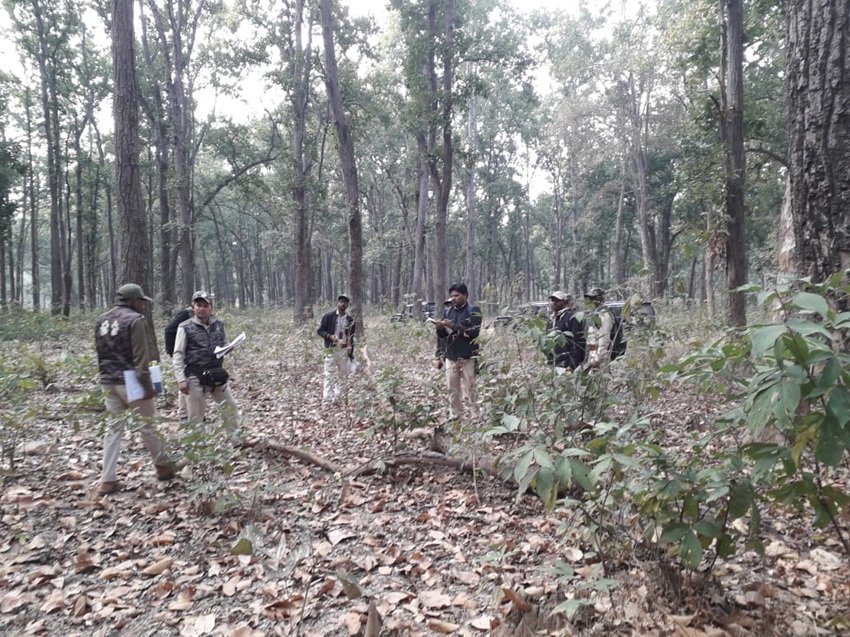
The methodology mismatch
Most international voluntary carbon standards, such as Verra’s VCS (Verified Carbon Standard), Plan Vivo, or ART-TREES, require a specific set of evidence: measurable annual forest loss, clear baseline emission reference levels, and standardised activity data often drawn from national forest inventories or broad satellite products.
In India’s context, these requirements become barriers.
First, degradation, unlike deforestation, does not cause sudden canopy collapse. Biomass may decline gradually, from 120 tonnes per hectare to 80 tonnes, over 15 years, without a corresponding change in land cover. Such changes are hard to detect with medium-resolution satellite imagery (such as Landsat or Sentinel), especially under dense canopies.
Second, national datasets such as those from the Forest Survey of India (FSI) are not always suitable for project-level baselining. They lack the granularity to capture site-specific interventions and fail to represent hyper-local degradation patterns. Yet, current methodologies often mandate their use, preventing the use of more accurate alternatives, such as high-resolution drone data or machine learning-based biomass models.
As a result, viable REDD+ interventions in India, such as fire suppression, invasive species control, grazing regulation, or promotion of LPG for cooking, don’t “fit the box” and are excluded from crediting. This undermines both climate finance flows and the morale of on-ground forest stewards.
Governance and land tenure realities
A further layer of complexity arises from India’s unique governance and tenure systems.
Unlike regions where REDD+ originated, India’s forests are not privately held. Nearly 98% of the country’s forest land is legally owned by the government, which manages it either directly through State Forest Departments or through entities such as Forest Development Corporations (FDCs).
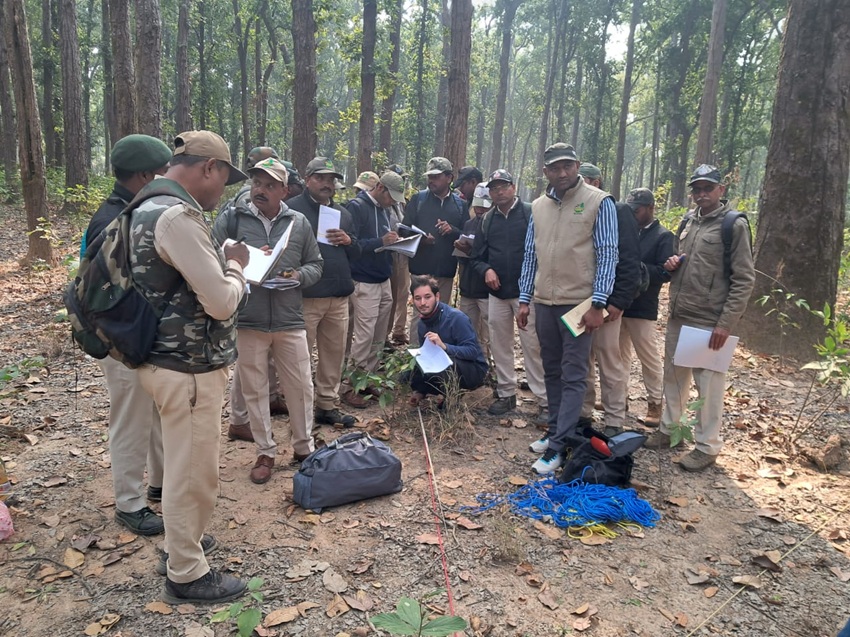
However, management is not monolithic. Over 100,000 Joint Forest Management Committees (JFMCs) and Eco-Development Committees (EDCs) co-manage forests across India, especially in tribal and backward districts. These local institutions are responsible for enforcing fire bans, regulating grazing, planting native species, and ensuring sustainable extraction of minor forest produce.
Their contribution to forest conservation is substantial; however, under many current REDD+ methodologies, they don’t qualify as “land stewards” or “project proponents” due to legal ambiguities surrounding land ownership. Similarly, interventions on land managed by FDCs are often seen as “business-as-usual” due to their commercial orientation, even when such corporations actively restore degraded patches or reduce pressure on natural forests.
The result is exclusion: thousands of hectares under legitimate co-management are deemed ineligible for REDD+ financing. This undermines the spirit of the REDD+ framework, which was meant to be inclusive, equitable, and results-based.
Conservation measures deserve credit
Under the current REDD+ framework, preventing deforestation is rewarded, but proactive conservation often falls through the cracks. In India, many forests, especially those in wildlife-rich landscapes such as Kaziranga, Dudhwa, or Periyar, are not facing imminent clearance. The primary threats here are subtle yet persistent: illicit timber extraction, the spread of invasive species, and recurring wildfires.
Forest departments, community institutions, and NGOs invest substantial effort and resources in maintaining these forests in good health, deploying anti-poaching squads, fire lines, eco-restoration drives, and community patrols. Yet, because there is no “avoided deforestation” to show in the baseline, these conservation measures rarely generate carbon credits.
This creates a perverse incentive: only places at risk of losing forest cover are rewarded, while those who maintain high-quality forests receive no comparable benefit. For India, where over 50% of forests are already in moderately dense or very dense categories, this is a major missed opportunity. A revised methodology that values conservation as a proactive intervention, akin to “avoided degradation,” would unlock significant climate finance for such efforts.
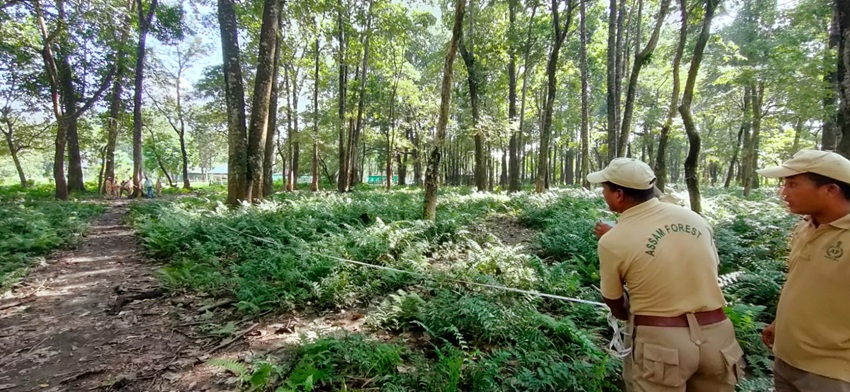
Innovations and field insights
The Energy and Resources Institute (TERI) has been engaged in REDD+ and forest carbon assessment projects across diverse Indian landscapes—from Pench Tiger Reserve in Maharashtra to Dudhwa in Uttar Pradesh, and from Kaziranga in Assam to Periyar in Kerala.
A significant advancement has been the application of advanced remote sensing methods that integrate vegetation cover estimation with canopy density modeling to capture subtle changes in forest structure. By combining Synthetic Aperture Radar (SAR) with optical remote sensing datasets, we can overcome the limitations of cloud cover and improve the accuracy of biomass estimation, as is currently being done in many Himalayan states. In addition, machine learning (ML) and deep learning (DL) algorithms have been deployed to quantify the relative contribution of different degradation drivers—whether from fire, grazing, invasive species, or illegal logging. These models leverage multi-temporal datasets to identify trends that traditional classification methods often miss.
One of the most valuable outputs has been the ability to delineate permanent degradation patches by superimposing successive degradation events and mapping long-term degradation pathways. This approach, tried in Maharashtra and Uttar Pradesh, provides a spatially explicit, time-series view of where degradation is persistent versus where natural regeneration is occurring. These methods, validated with field measurements, have achieved high correlation with on-ground biomass data, offering a credible and replicable pathway for quantifying avoided degradation in India’s forests.
But despite modern technology and committed local institutions, many proposals remain stalled – not because they lack integrity, but because the standards themselves haven’t evolved to reflect India’s landscape.
Economic potential of degraded forests
India’s degraded forests, many of which fall within the “open forest” canopy density class (10–40%), cover a substantial portion of the country’s total forest area. While the India State of Forest Report 2021 estimates that open forest covers 30.71 million hectares (approximately 43% of total forest cover), not all of this can be considered degraded, as natural open ecosystems also exist. A significant share of these open forests, however, is the result of degradation processes such as over-extraction, fire, grazing, and encroachment. These areas hold enormous potential for carbon enhancement through restoration, enrichment planting, and protection from further degradation.
Preliminary estimates suggest that improving biomass in genuinely degraded open forests by even 20–30% could generate between 300 and 400 million tonnes of CO₂ Equivalent over a two-decade period. At a conservative voluntary carbon market price of $8–10 per tonne, this translates to $2.5–4 billion in potential revenue—funds that could be reinvested in rural livelihoods, forest protection, and community-based eco-enterprises.
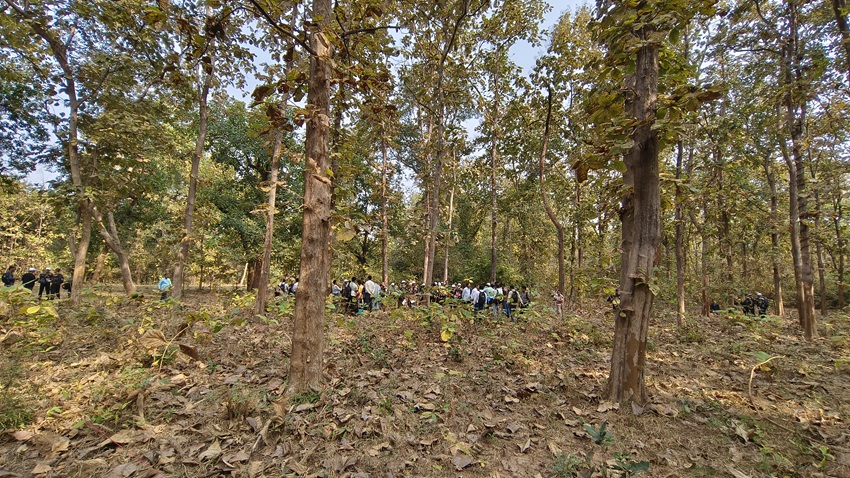
For forest-dependent communities, including tribal groups and marginalised rural households, this represents not just climate finance, but a direct incentive to engage in sustainable forest management. If structured well, REDD+ could function as a payment for ecosystem services (PES) mechanism that rewards those who protect and restore forests, turning them into partners in climate action rather than passive beneficiaries.
A way forward
If REDD+ is to work for India, methodological reform is essential. First, there is a need for flexibility in baselines and activity data, allowing project-specific baselines derived from high-resolution imagery, machine-learning-based biomass estimates, and participatory field surveys, rather than relying solely on national datasets.
Second, prevention of forest degradation should be explicitly recognised, with avoided degradation and proactive conservation as valid, creditable interventions.
Third, community-managed public forests must be included, enabling JFMC, EDC, and other local institutions to serve as project proponents or beneficiaries, even without formal land ownership.
Fourth, modern monitoring tools such as remote sensing, LiDAR, and AI/ML analytics should be widely adopted to detect and quantify subtle biomass changes, map degradation dynamics, and attribute them to specific drivers.
Finally, conservation crediting pathways need to be designed for landscapes where deforestation is low but conservation efforts are high, ensuring such measures also receive recognition and value.
Unlocking India’s REDD+ potential is not just about methodology; it’s about aligning a global mechanism with local realities. Doing so would channel much-needed climate finance into one of the world’s largest and most diverse forest estates, benefiting millions of forest-dependent people and making a meaningful contribution to national and global climate goals.
Sayanta Ghosh is Associate Fellow, and Jitendra Vir Sharma is Senior Director, Land Resources at The Energy and Resources Institute (TERI).
Banner image: Ground truthing exercises for forest degradation mapping, integrating field data with satellite-based analysis. Image courtesy of TERI.








